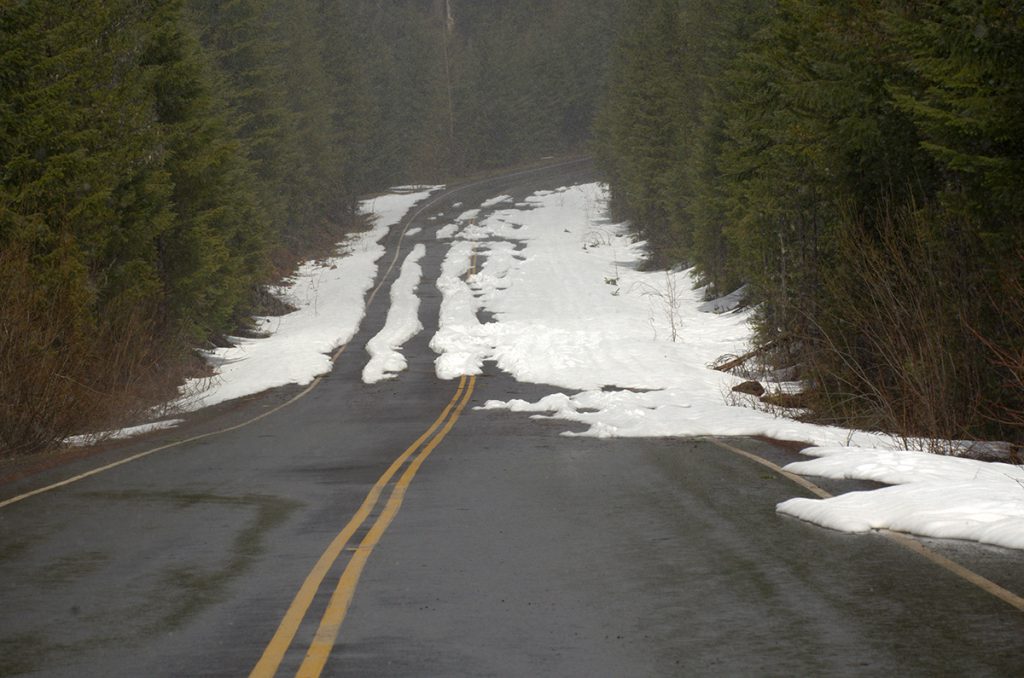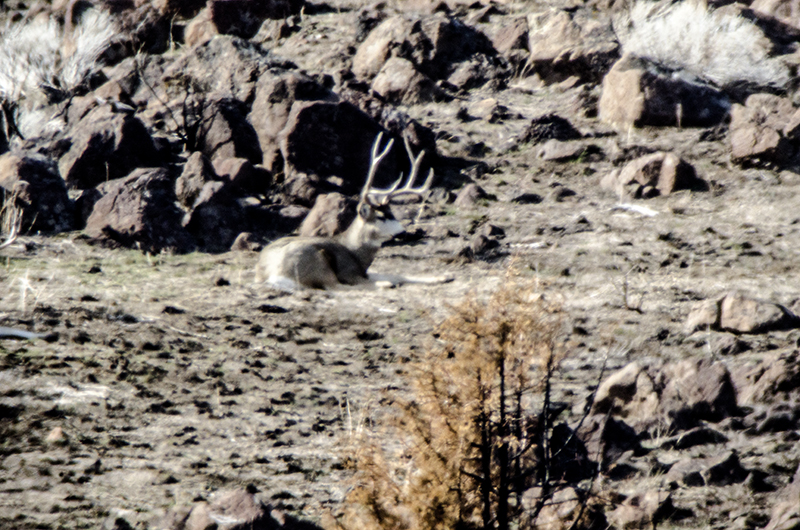Having recently taken up the hobby of bird watching I soon discovered that the lens on my camera was inadequate. I needed a longer telephoto lens. Apparently the birds have adapted to the distance a lens will focus and will fly just at the moment you are within range to take a photograph.
I have a Nikon DSLR and have been working my way through their larger lenses. If you have a weak heart you shouldn’t read any further. Once the lens length passes about 300 mm you will need to start spending the kid’s inheritance. So I started looking at spotting scopes and digiscoping as an alternative.
Swarovski produces some impressive glass. Their latest offering is a modular spotting scope so you can pick the best combination for your application. I want to take pictures of sparrows a fair distance away so I figured bigger was better and the more expensive also means better. I opted for the Swarovski ATX 95mm with the 30-70X eyepiece.
You will also need a camera adapter called a TLS APO (another $490) and a T-Mount for your camera (T2 Nikon adapter… another $30).
You will be left in the lurch trying to figure how all this goes together. Swarovski packages a cartoon strip with the TLS APO to illustrate the connections and with a little thought you can figure it out.
I use a Nikon D7000 for a camera… it can be automatic for everything so a beginner can “point and shoot” with it but the Pro’s like to use the manual controls. What Swarovski doesn’t spend much time telling you is the spotting scope must be manually focused and has a fixed aperture. They spend no time at all telling you how to setup your camera. Photographers are used to terms like “f-stop” but Swarovski talks only about light transmission percentages. Somewhere I read that the scope gives about an f/10. I use manual mode with manual focus selected, store a shutter speed of 1/800th second and high range for an ISO setting (based on the cartoon strip). If I select any other mode the camera does not fire when I push the shutter button.
A good stout tripod is highly recommended.
Stay tuned for more digiscoping adventures.
byLarry



